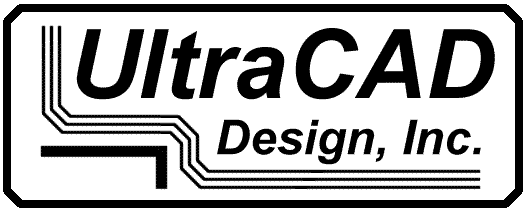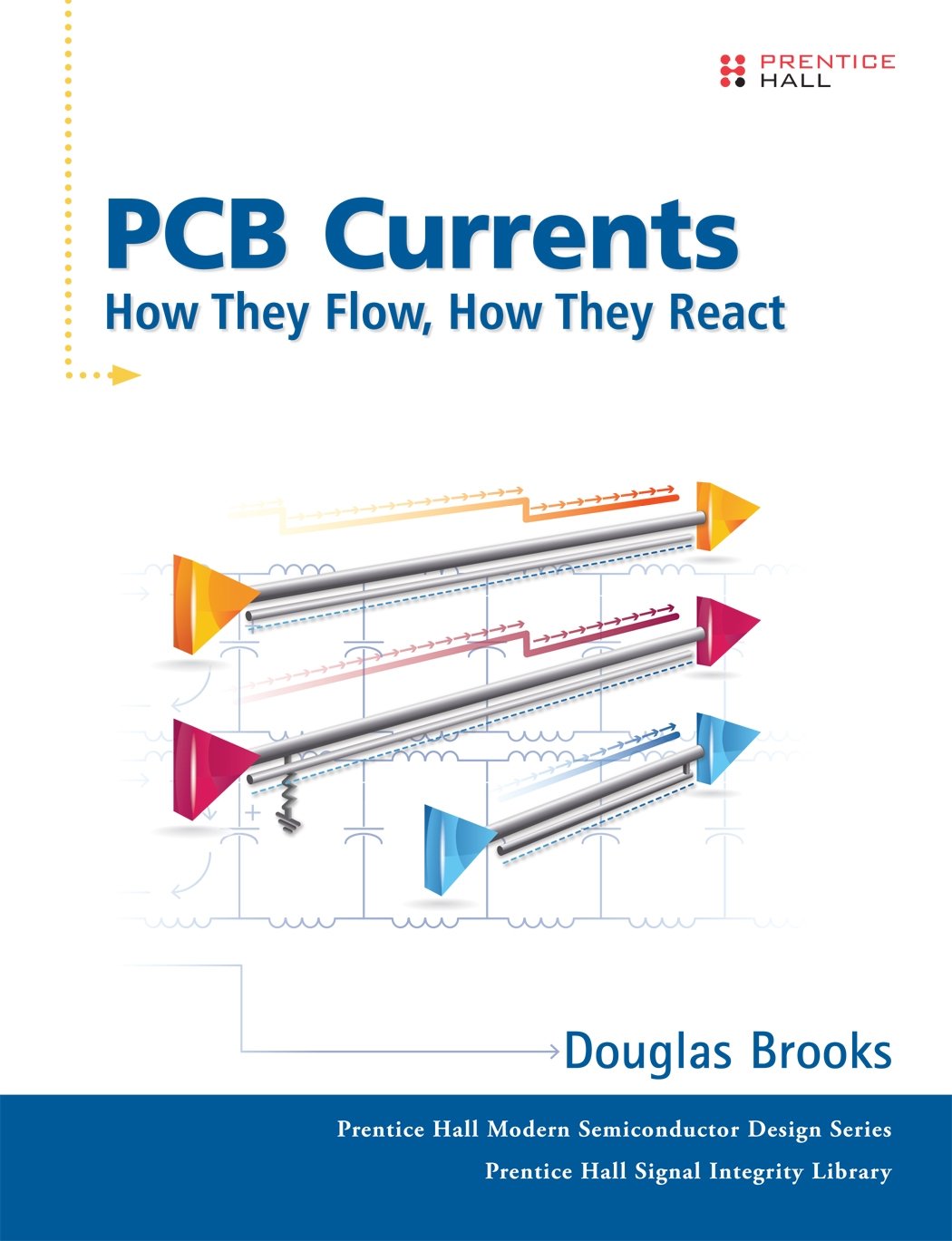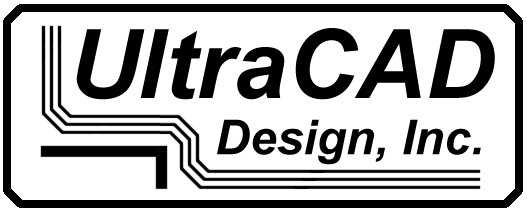
 |
UltraCAD Design, Inc |
| Home |
Books & Resources |
Calculators & Tools |
Simulations | ||||||
| xxxxxxxxxxxxxxxxxxxxxxxxxxxxxxxxxxxxxxxxxxxxxxxxxxxxxxxxxxxxxxxxxxxxxxxxxxxxxxxxxxxx | |||||||||

To order a copy from:
Finally! Here is a book on basic electronics written for the designer without a degree (or the engineer who needs a refresher.)
The focus of the book is on current, what it is, how it flows, and how it reacts. Each chapter discusses a specific characteristic of current under specific conditions.
View Introduction

Click on picture or click here
to view a video introduction to the book.
Organization: The book is organized into four sections:
§
Nature of current
§ Current
flow in basic circuits
§ Sources
that supply and drive current
§ The special
problems related to current on circuit boards.
(Review the Table of Contents here.)
The fundamental particle in electronics is the electron. It is no accident that the field is called electron-ics. All elements in the universe are made up of protons, neutrons, and electrons. Protons are positively charged and electrons are negatively charged. Fundamental particles (indeed the entire universe) are “charge neutral.” By that I mean there is pretty much an equal number of protons and electrons everywhere.
Nothing much happens if electrons don’t move. We can have static charge fields caused by localized differences in charge, and these charge fields can matter. But still, the game doesn’t start to get really interesting until electrons start to move within these fields. When electrons move, we have (by definition) a current. And that is what electronics is all about.
Section 1 covers the fundamental nature of current. Chapter 1 introduces the basic definition of current (the flow of electrons). Specifically, one amp of current is the flow of 6.25x1018 electrons across a surface in one second of time. Chapter 2 introduces several current concepts, from frequency and waveforms to propagation speeds to measures of current and how to take those measurements. Chapter 3 introduces five fundamental laws of current:
§
Current flows in a loop,
§ Current is
constant everywhere in the loop,
§ Kirchhoff’s
First Law (current into a node equals current out of the node)
§ Kirchhoff’s
Second Law (voltage around a loop sums to zero)
§ Ohm’s Law
(relationship between current, voltage, and impedance.)
It is important to recognize that this much is all that is required (conceptually) to solve even the most complex resistive circuit. (The introduction of AC and reactance adds some complication, but conceptually, not much!) Simply break a circuit up into its n individual loops, set up a set of n simultaneous equations using Kirchhoff’s and Ohm’s Laws, and solve them using matrix algebra. (Easy to say!) Conceptually, this is straight forward. A typical course in EE 101 covers this much material. The rest of the EE curriculum covers the techniques for how you actually do solve those circuit problems and calculations!
Section 2 covers various circuit concepts, starting with resistive circuits, then reactive circuits (capacitors and inductors), then impedance (i.e. what happens when you combine all these components.) Individual chapters cover time constants, transformers, differential circuits, and current flow through semiconductors.
It is important to note that there are really only three passive components we deal with, resistance, capacitance, and inductance. In a very real sense, these components occupy special places on a spectrum. Capacitance is at one end (impedance goes to zero when frequency goes to infinity, and the voltage phase shift is -90 degrees.) Inductance is at the other end (impedance goes to infinity when frequency goes to infinity, and the phase shift is +90 degrees.) And resistance occupies a special place right in between (impedance is independent of frequency and the phase shift is zero.) These three facts are UNIVERSALLY true, they never change.
Section 3 is a short section that covers voltage and current sources. If we want to get a current (i.e. a flow of electrons) where do the electrons come from and how to we force them to move.
Section 4 deals with the special problems that are introduced by printed circuit boards. Most (but admittedly not all) electronic systems have circuit boards in them. If frequencies are high enough (or, as I point out the real issue is if rise times are fast enough), or if current magnitudes are high enough, circuit boards present special problems that need to be addressed.
Individual chapters cover such things as current and trace temperatures, transmission lines and reflections, coupled currents (EMI and crosstalk), power distribution, skin effect and dielectric losses, and vias.
Finally, the last chapter deals with signal integrity issues caused by current flow. In my career I have seen the industry progress through four stages with respect to signal integrity issues on circuit boards. The first stage is trivial, there were no problems. The second stage involves (mostly) problems caused by inductance on the board itself. The third stage involves the apparent change in resistance caused by very high frequencies (i.e. skin effect or dielectric losses.) These are not REAL changes in resistance, but they ACT as though they are. Finally, the fourth stage occurs when frequency harmonics are so high, and wavelengths so short, that it is extremely difficult to implement solutions in such short physical distances. This chapter deals with various design rules for dealing with these problems.

Click on logo to return to UltraCAD's Home
Page.